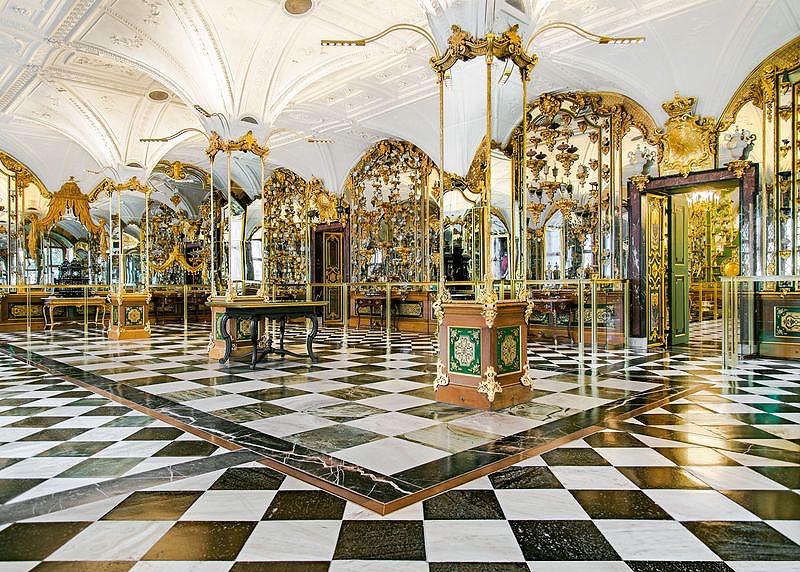Victoria Fraser
Victoria Fraser, soprano
Born and raised in Anchorage, Alaska, soprano Victoria Fraser holds degrees from the San Francisco Conservatory of Music, University of Notre Dame, and University of Limerick in Ireland. Victoria has performed as a soloist and chorister in Europe and North America, notably with Il Coro del Duomo in Florence, Italy; the Vocalensemble Frankfurt Dom, in Frankfurt, Germany; Vox Humana in Texas; True Concord in Arizona; the Berwick Chamber Chorus at the Oregon Bach Festival; and the Bachkantaten-Akademie in Thuringia, Germany.
She has sung under the direction of Masaaki Suzuki, Helmut Rilling, Matthew Halls, John Nelson, and Jeffrey Thomas. Passionate about interdisciplinary performance, Victoria produces and performs concerts which re-contextualize classical music through visual art, dance, and technology. Also a composer, Victoria’s compositions were featured at last year’s Hot Air Music Festival, at the San Francisco Conservatory. Born to a mountaineer father, Victoria loves to ski, rock climb, mountain bike, hike, SCUBA dive, and row.
Paul Flight
Paul Flight, artistic director and countertenor
Artistic director Dr. Paul Flight — a noted choral conductor, teacher, and singer — is in his fifteenth season (2020-2021) with the California Bach Society. A former member of such distinguished ensembles as the Waverly Consort, Theatre of Voices, Pomerium Musices, and the New York Collegium, he brings a wealth of expertise to CBS.
For nine years Dr. Flight was principal conductor of the Madison Early Music Festival, where he directed masterworks by Bach, Handel, Telemann, Vivaldi, Purcell, Dufay, and Guerrero. He has twice been a visiting professor of music at the University of California at Berkeley, directing the music department's top choral ensembles. As a visiting professor at Mills College, he has lectured on opera, and music history and form. He conducted an operatic double-bill production of Gustav Holst's Savitri and Darius Milhaud's Les malheurs d'Orphée for Mills College.
A renowned countertenor, Dr. Flight has performed works by John Adams, Leonard Bernstein, and Unsuk Chin with the Los Angeles Philharmonic, the Cleveland Orchestra, the Atlanta Symphony Orchestra, the BBC Scottish Symphony, the Berkeley Symphony, the Cincinnati May Festival and the Norwegian State Opera. In 2003 he sang the title role in Philip Glass's Akhnaten for Oakland Opera Theater. He made his debut at the Kennedy Center in 2008, singing the first countertenor role in Adams's El Niño, and in August, 2010 he made his debut at the Edinburgh International Festival singing the third countertenor role.
Dr. Flight received his doctorate from Indiana University, where he studied conducting with Robert Porco. His research focused on the Venetian composer Giovanni Croce (1557-1609). He has recorded a program featuring the music of Croce for Harmonia, a nationally syndicated radio show, and has appeared several times as a guest on KALW radio's performing arts programs My Favorite Things and Open Air.
Mark Bonney
Mark Bonney, tenor
British-American tenor Mark Bonney performs internationally. He is in Glasgow this 2020-2021 season, where he is completing the Advanced Opera Course at the Royal Conservatoire of Scotland.
Recent roles have included Tamino in Mozart’s Die Zauberflöte (Berlin Opera Academy), Count Barigoule in Pauline Viardot’s Cendrillon (Wexford Opera Festival), Jonathan in Handel’s Saul with Laurence Cummings (Dartington International Festival), the Evangelist in Bach’s St. John Passion (Amsterdam), the title role in Handel’s Jephtha (Iford Arts & Bath Choral Society) and Paolino in Cimarosa’s Il Matrimonio Segreto (Pop-up Opera).
In addition to his work as a soloist, Mark has performed in the chorus at Opera Holland Park, Wexford Festival Opera, Bury Court Opera, Iford Arts, with the Monteverdi Choir, and with Barbara Hannigan at the Aldeburgh Festival. He is often invited to perform with leading ensembles including the Gabrieli Consort, Britten Sinfonia and Le Concert d’Astrée.
Mark grew up in San Francisco. Before embarking on his career as a classical singer, Mark worked in socio-economic development in Egypt—before, during, and after the Arab Spring. In addition to a masters in music from the Guildhall School of Music and Drama in London, he holds a bachelor’s degree in political science from Stanford University. He also studied at the Berlin Opera Academy, the Franz Schubert Institute and the American Institute of Musical Studies.
Paul Max Tipton
Paul Max Tipton, bass-baritone
Boston-based bass-baritone Paul Max Tipton has enjoyed an active career in opera, oratorio, and chamber music, performing and recording throughout North America, Europe, China, and Korea. His interpretations of the Bach Passions in particular have been acclaimed for their strength and sensitivity. He recently recorded Nicolaus Bruhns’s solo cantatas for bass for the BIS label, and has performed with the New York Philharmonic as part of their first-ever Bach Festival.
Further highlights from recent seasons include Haydn’s Paukenmesse with the Yale Camerata, Bach’s Christmas Oratorio at the Oregon Bach Festival, Handel’s Dettingen Te Deum at Carnegie Hall, Street Singer in Bernstein’s Mass with the Austin Symphony & Austin Opera, and Plutone in Monteverdi’s Orfeo with Göteborg Baroque in Sweden.
Mr. Tipton is a soloist on the triple-Grammy-winning recording of William Bolcom’s Songs of Innocence & of Experience (Naxos, 2004), sang the role of Judas in Bach’s St. Matthew Passion under Helmuth Rilling at Carnegie Hall in 2007, and has sung Schaunard with the New York Opera Society while on tour in Toulouse. Other repertoire has included Britten’s War Requiem, Monteverdi’s Vespers of 1610, the title role in Mozart’s Don Giovanni, Haydn’s Salve Regina in G minor with Nicholas McGegan, and all of Bach’s Motets with Bach Collegium Japan. He appears on several recordings with Seraphic Fire, including as a soloist in Brahms’s Requiem, Op. 45 (Seraphic Fire Media, 2012), and has performed with the symphonies of San Antonio, Grand Rapids, Lincoln, Stamford, CT, and with the Orchestra of St. Luke’s.
Mr. Tipton trained on full fellowship at the University of Michigan School of Music in Ann Arbor, and is a graduate of the Yale University Institute of Sacred Music in Oratorio & Early Music. He was made a Lorraine Hunt Lieberson Fellow at Emmanuel Music in 2012.




















